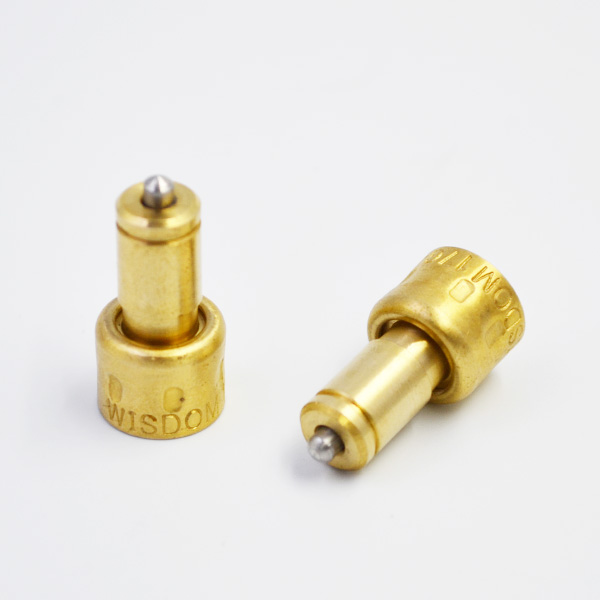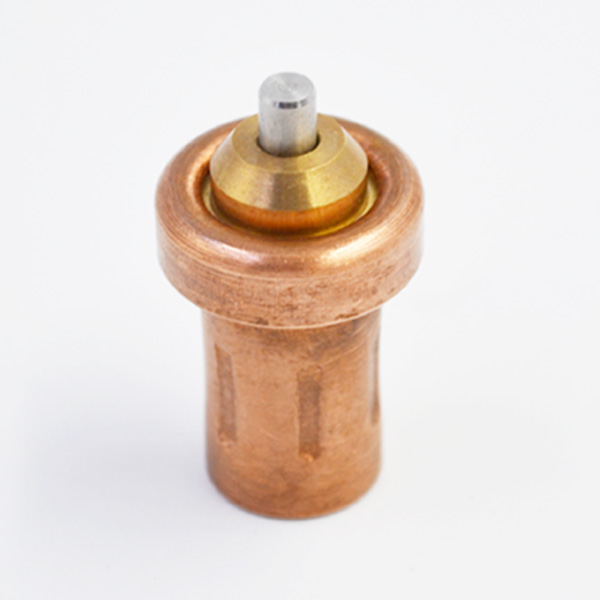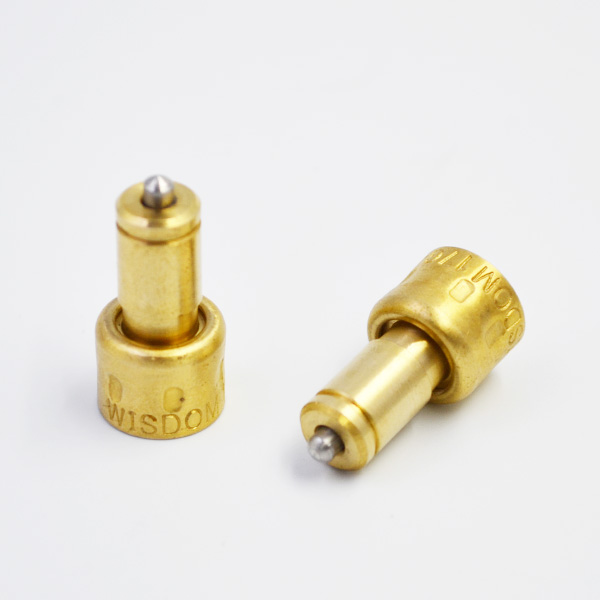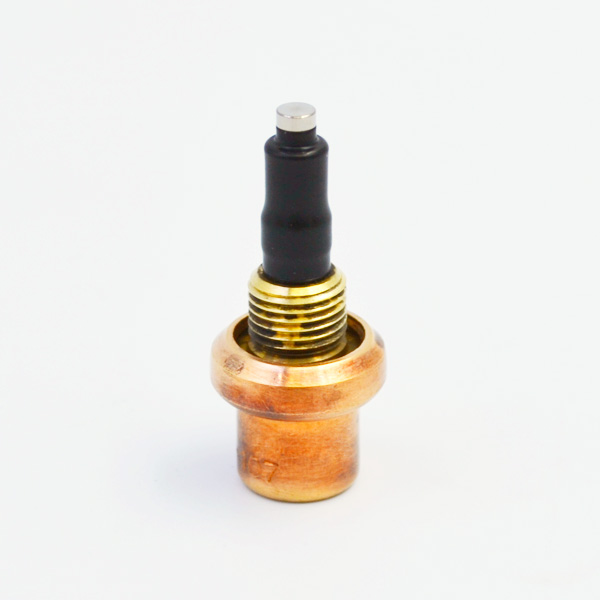VAV central air conditioning system mainly regulates the indoor temperature through the terminal device, which is the last link of heat exchange in the central air conditioning system, and is one of the most important devices in the system to reflect the control and energy saving effect. This paper mainly completes: the design of VAV system terminal controller based on embedded system, the improvement of room environment information acquisition and monitoring methods, and the application of intelligent control strategy in terminal controller.

The central air-conditioning system is an all-air air air-conditioning system, which is based on the change of load or required parameters in the room, constant air temperature and fully automatic adjustment of air supply volume, so that the main parameters of the air-conditioning room can meet the standard. Its pursuit to meet the requirements of indoor air environment with less energy consumption has its unique advantages in energy saving, air quality, comfort and flexibility, so it is more and more widely used in modern buildings. Terminal controller is one of the most important devices in air conditioning system. It is very important for energy saving and control of air conditioning system. The terminal controller of central air conditioning is the last link of heat exchange in the central air conditioning system, and it is also one of the most important devices in the central air conditioning system. Especially for VAV air conditioning system, it has important significance for energy saving of air conditioning system.

In addition, wireless, multi-point data acquisition method can improve the flexibility and accuracy of environmental characterization of air-conditioned rooms, and it is also very important to maintain the comfort of air-conditioned rooms. Therefore, it is the key to save energy and maintain comfort to design a terminal controller which can flexibly and accurately characterize the characteristics of space environment and achieve energy-saving and efficient control under different air supply conditions and loads. Selection of Embedded Controller Hardware System. In order to achieve the goal of real-time detection, real-time operation, real-time control, multi-threaded control, friendly human-computer interaction interface, good reliability and low cost, the embedded controller is designed with high integration TQ2440 development board. It has abundant peripheral interfaces, good stability and expansibility, and can meet the requirements of VAV air conditioning system for central controller system reliability, stability, data storage, data processing ability and network expansion. Wireless sensor networks.

Frequency modulation technology, infrared technology and Bluetooth technology are commonly used in wireless communication. Among them, FM technology has limited frequency band, poor anti-jamming and low reliability; infrared technology has short communication distance, poor expansibility and communication interruption when encountering obstacles; while Bluetooth technology has narrow bandwidth, poor anti-jamming ability and short transmission distance. For this reason, the design of wireless technology uses Zigbee technology which is reliable, long transmission distance and strong anti-interference, and chooses CC2430 chip as the processor of wireless acquisition node. Its self-dormancy and fast wake-up characteristics can reduce energy consumption and prolong working time. It has the advantages of low cost, low power consumption, anti-interference and high performance. Temperature and humidity sensor adopts digital DHT10 chip, which can directly convert the detected temperature and humidity data into calibrated digital signal. It has the characteristics of anti-interference, low power consumption and digital signal output. DAC driver design. According to the tools and equipment resources needed by the controller, the system core is configured, tailored and transplanted.

In addition to the existing devices such as serial port, USB port, touch screen and so on, the system also needs to drive DAC0832, which is not provided in the core source code. Therefore, we need to write the DAC driver by ourselves. The deviation between the room temperature obtained by wireless acquisition and the set value is calculated by the fuzzy PID algorithm, and the control output value is corresponding to 2-10V analog value, but the controller can only output digital value. Therefore, it is necessary to map the control output to 8-digit quantities of 0-255, and then write DAC driver to convert the 8-digit quantities of the controller output to the corresponding 2-10V analog quantities through DAC8032. Wireless sensor network application design.
This system uses Tiny OS operating system to construct wireless sensor network. Wireless sensor network is a self-organizing, multi-hop wireless network, which is composed of a large number of sensor nodes in the monitoring area through wireless communication. Each terminal node in the network can sense, thermostatic element collect and transmit the information of the perceived objects in the coverage area, and finally aggregate it into the network coordinator for processing.

Programming of temperature and humidity compensation and data fusion. For the space environment, temperature and humidity are mutually coupled, so in order to improve the measurement accuracy, when using DHT10 sensor to measure the space temperature and humidity, it is necessary to compensate the output of “relative humidity” by temperature and linear compensation before getting a more accurate humidity value. Programming of embedded TCP/IP network server. In order to further improve the traditional VAV central air conditioning terminal controller through touch screen monitoring room temperature and humidity, so that users can more easily wireless view the real-time temperature and humidity in the room and set the temperature setting value, this design uses wireless TCP/IP network communication technology to solve this problem.
In this paper, wireless sensor network is used to set up a temperature and humidity acquisition network to improve the wired and single-point data acquisition mode of the terminal controller of central air-conditioning, making full use of its flexibility and expansibility, so that it can wireless acquisition of multi-point temperature and humidity in air-conditioning rooms, in order to obtain more accurate space temperature and humidity, and improve the flexibility of data acquisition. And accuracy. Using the multi-threaded task management mechanism of embedded system, the double threads of multi-point temperature and humidity data acquisition and temperature intelligent control are realized, which greatly improves the control speed and accuracy of the controller.
